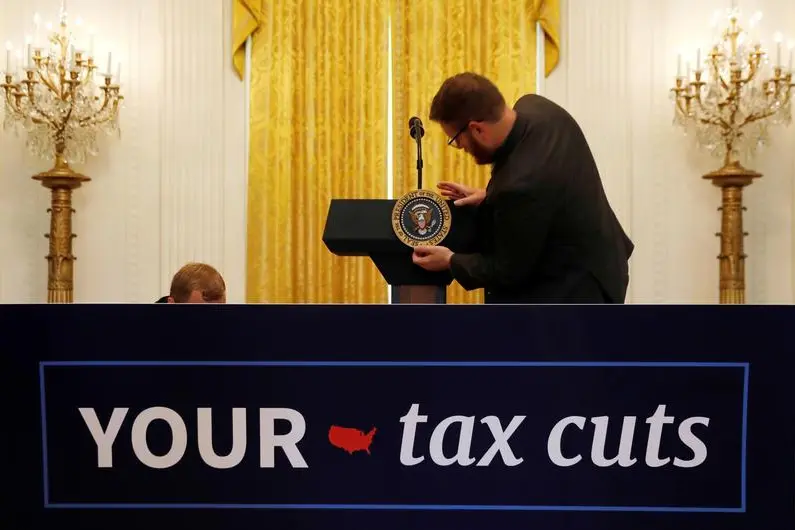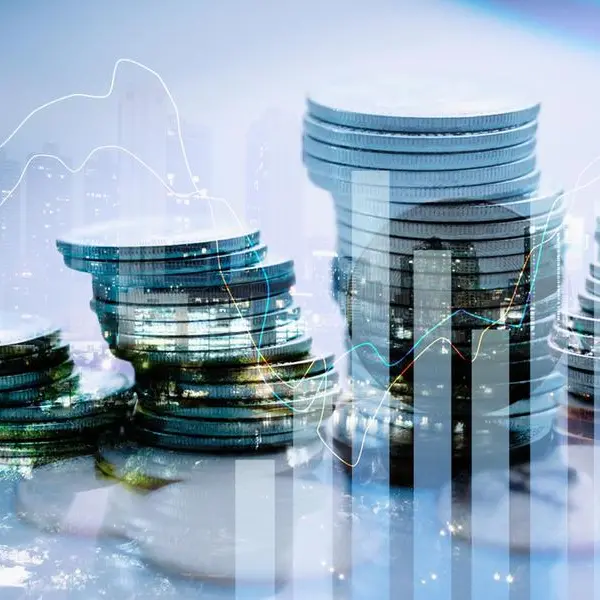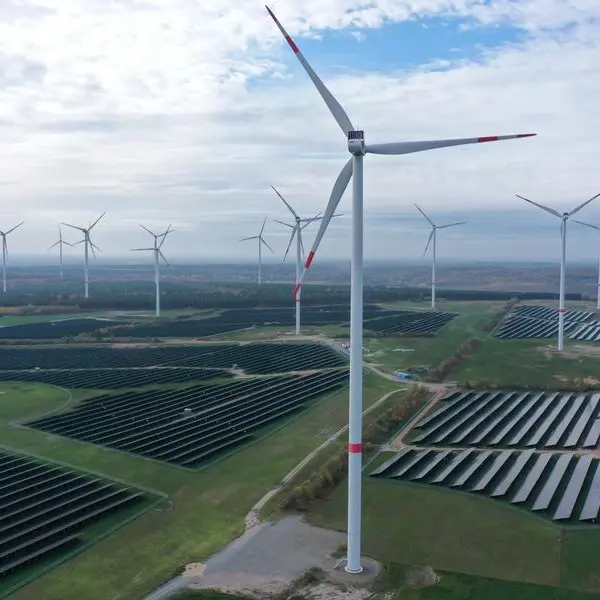PHOTO
LONDON - The coming decade of trillion-dollar U.S. federal deficits is politically controversial, but not always for sound reasons. In particular, it’s not right to claim that borrowing 4.5% of GDP in 2019, and as much or more on average every year through 2029, is necessarily bad for the economy.
The facts are clear. The non-partisan Congressional Budget Office predicts that President Donald Trump’s 2017 tax cuts, which reduce government revenue, will bring 13-digit deficits through 2029. That will push up total federal debt to 95% of gross domestic product by the end of the next decade. That would be the highest level since the end of World War Two.
For those who accept the economic orthodoxy of the 1970s, this pile-up of debt is a grave mistake. The conventional wisdom then was that governments which borrowed recklessly were courting two kinds of trouble.
First, the theory went, economic growth is impaired when the government sucks up savings that the private sector could use more effectively. The possibility of such “crowding out” worried big names on both the left and right of the dismal science, including James Tobin and Milton Friedman. Second, running persistent big deficits sooner or later produces undesirably high inflation, as future Nobel Prize winner Thomas Sargent laid out in 1981.
In the political world, the belief that deeply unbalanced budgets are an unmitigated evil still lingers, and not only in places like deficit-phobic Germany. Euro zone member states are legally committed to limit their fiscal deficits to 3% of GDP, and the CBO recently stated that the prospect of such high and rising U.S. debt “poses substantial risks for the nation”.
However, the current economic thinking is quite different. Proponents of so-called Modern Monetary Theory such as Stephanie Kelton, an economic adviser to Democratic presidential candidate Senator Bernie Sanders, are leading the charge, but more conventional big names, such as Olivier Blanchard, former chief economist at the International Monetary Fund, and Larry Summers, former U.S. Treasury Secretary, now accept – somewhat grudgingly – that large deficits are not necessarily toxic.
What’s wrong with the old theories? It turns out crowding out does not necessarily happen, because the relationship between government deficits and private investment is not straightforward. True, the money created or borrowed to finance deficits can be raised in ways that add to companies’ borrowing costs or spent in ways that divert economic resources. But government deficit spending often puts money into consumers’ pockets and corporate bank accounts, creating the means and the positive mood which spur private investment.
Besides, even if fiscal deficits do reduce bank lending, that pullback may not have much effect on the financing of productive investments. “Productive investment in the business sector … constitutes only a minor share of the business of banking today,” say Oscar Jorda, Moritz Schularick and Alan Taylor, authors of a historical study of 17 advanced economies.
Companies do not rely primarily on loans to pay for new factories and equipment. Between 1980 and 2017, 80% of the cash for corporate capital expenditure in the United States came from retained profit, according to economists Stephen Cecchetti and Kermit Schoenholtz. That implies that profitability and management confidence have more influence on investments than the cost or availability of credit.
The purported deficit-inflation connection is as problematic as the deficit-economy one. Higher inflation would be inevitable if government borrowing simply increased the supply of money spent in the economy, without changing anything else. But deficit spending can have many different effects.
Sometimes the money goes to pay the wages of productive workers who were previously unemployed. Then, even by an orthodox analysis, inflation rates do not rise. Nor do prices increase when the money pays for productive investments, both public and private, which start virtuous circles of job creation and output expansion. And not all government spending is unproductive, just as not all private-sector investment reaps rewards.
Also, new money can’t be inflationary when it is not used to buy anything in the real economy. It can be sunk into financial assets such as bonds, shares and houses. That might create inflation in asset prices and even speculative bubbles, but it would have no effect on consumer prices. New money can also sit almost inertly in mattresses, savings accounts or government bond portfolios. Then it has little effect on the price of anything.
The complex relationship of fiscal deficits to both GDP growth and inflation is frustrating for people who like simple chains of cause and effect. They should stay out of economics these days. Modern prosperity is too complex to be described with simple rules, including any that relate to fiscal deficits.
Trump’s trillion-dollar shortfalls have caused his Republican colleagues to ditch the objections they used to have and turned some Democrats into fiscal hawks. Yet the deficits have neither pumped up the U.S. economy nor pushed up prices, so far. The absence of any such effects may mean that much of the money no longer being paid in taxes is staying in the investment accounts of the affluent. In turn, that may be increasing America’s already high wealth inequality. That is a lot more worrying than big deficits.
(Editing by Richard Beales and Leigh Anderson, graphic by Vincent Flasseur)
© Reuters News 2019























